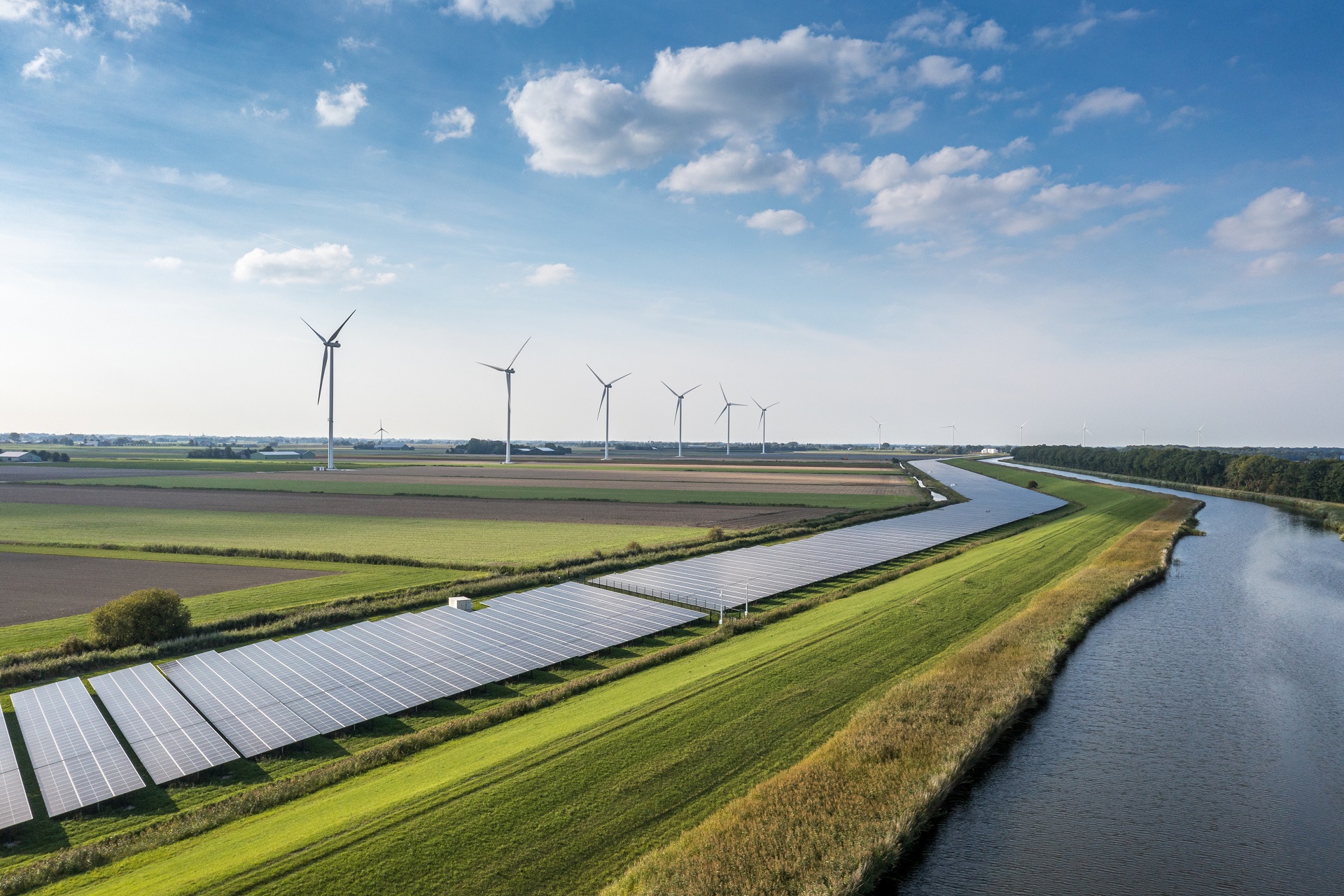In recent years, the global shift toward renewable energy has gained significant momentum. This transition has not only been driven by consumer and private industry’s desire to be more environmentally conscious, but also by federal policies, most recently the Inflation Reduction Act (IRA). Federal and state governments, utilities, and independent power producers all play a role in shaping this transition. The most important challenge is to balance the need for reliability, resilience, stability, affordability, and environmental sustainability. In Indiana, this has come to be known as the five pillars. This article explores the current state of renewable energy adoption, challenges, and strategies to navigate this intricate dance between the old and the new.
The Federal Layer and Its Impact
The passage of the IRA exemplifies how federal policies can push for increased investment in renewable energy by offering attractive tax credits to developers and power producers. However, despite this incentive, the transition to renewable energy is not without hurdles. The approval and vetting process through the Federal Energy Regulatory Commission (FERC), the Independent System Operator (ISO) or Regional Transmission Organization (RTO), and any statutory regulatory agency may take years, creating a burdensome time gap between a utility deciding to undertake a project, seek approval, and have the project meet commercial operation.
Utilities need to identify projects to meet electricity demand and despite an overflowing amount of projects in ISO/RTO queues, some utilities believe the market is still extremely competitive. These pressures further burden ISOs and RTOs like Midcontinent Independent System Operator (MISO), PJM, and the California Independent System Operator to maintain reliability and ensure the lights stay on. Some of the ISO/RTOs have petitioned FERC for approval on updated generation queue processes in order to streamline and fast track project approvals.
It’s All About Balance
While the call for 100 percent renewable energy is strong, achieving this goal is not as straightforward as flipping a switch. Solar and wind power, while cleaner, are weather-dependent and pose challenges when it comes to balancing energy supply and demand. To bridge this gap, utilities have turned to designing diverse portfolios that include both renewable and other energy sources, such as natural gas. New natural gas turbines have quicker ramp-up times which allow for reliable load following generation.
Additionally, not only do these newer turbine technologies offer promising avenues in striking that balance, they can also use new and emerging renewable fuel sources. For example, some turbines even have the capability to switch to hydrogen, giving utilities the flexibility to add this renewable source in the future without having to reinvest in infrastructure. There is also renewed interest in nuclear energy, which is clean burning. The Department of Energy and some individual states such as Indiana have begun exploring the potential benefits and deployment of advanced small modular reactors (SMRs) as a key part of bringing additional safe, clean, and affordable nuclear power options to the market.
State and Federal Regulations
Navigating the energy transition requires cooperation between state and federal regulators. Each state has its own regulatory system, and utility companies must understand and work within this framework to propose effective solutions. For utilities, being able to clearly communicate to regulatory commissions how these solutions overcome day-to-day and long-term challenges and how they preserve and enhance the way families and communities live is key.
Balancing renewable energy goals with the need for grid reliability and protection from threats like domestic terrorism is also crucial for long-term success. All of these changes and enhancements to utility service come at a cost, so appropriate rate recovery must also be top of mind.
Strategies for Success
Success in the renewable energy transition involves a methodical approach rather than rushing headlong. Rather than relying too heavily on renewables, states such as Indiana have concluded that a measured approach is best suited to balance the five pillars. Utilizing bridge technologies, exploring different rate recovery mechanisms, such as securitization, and gradually retiring coal technology can ensure an even smoother transition. Finding opportunities to repurpose or refuel existing infrastructure and equipment has also proven successful. Reusing infrastructure and interconnections rights can not only streamline the approval process, but also maintain the strength and vitality of energy communities who rely so much on the energy industry for their well-being.
The move to renewable energy is both an opportunity and a challenge for utilities and independent power producers. As the world transitions towards cleaner energy sources, finding the right balance is critical. A one-size-fits-all approach is impracticable. Different ISO/RTOs, states and utilities have approached transitioning with differing strategies and varying successes. By understanding the complexities of regulations, fostering cooperation between stakeholders, and embracing innovative solutions, utilities can navigate this transition successfully. With thoughtful planning and collaboration, we can build a more sustainable and resilient energy future for all.











/Passle/6488d4630e7e25c9ac9f834a/SearchServiceImages/2024-11-14-13-11-27-495-6735f6fff42d6cc59c8ec5c1.jpg)
/Passle/6488d4630e7e25c9ac9f834a/SearchServiceImages/2024-11-11-22-02-38-042-67327efe31216b909e6ea644.jpg)
